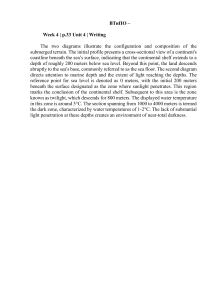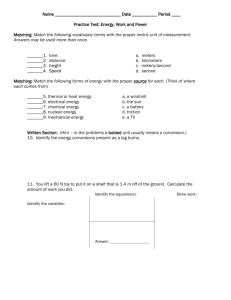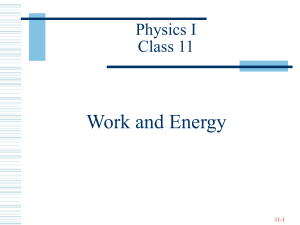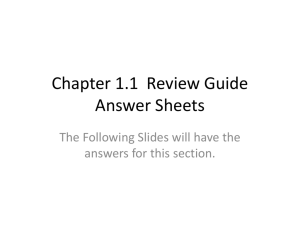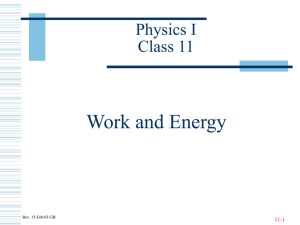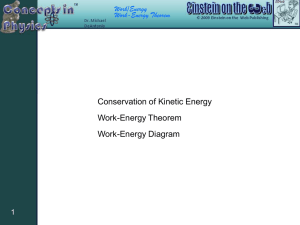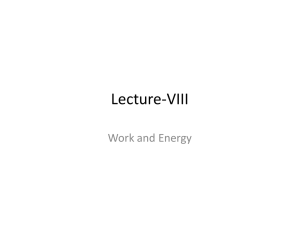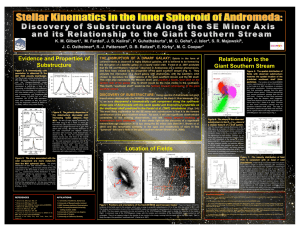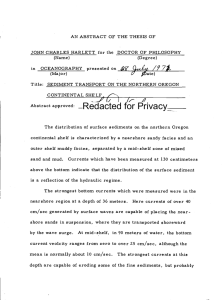Guided Reading 7.1
advertisement
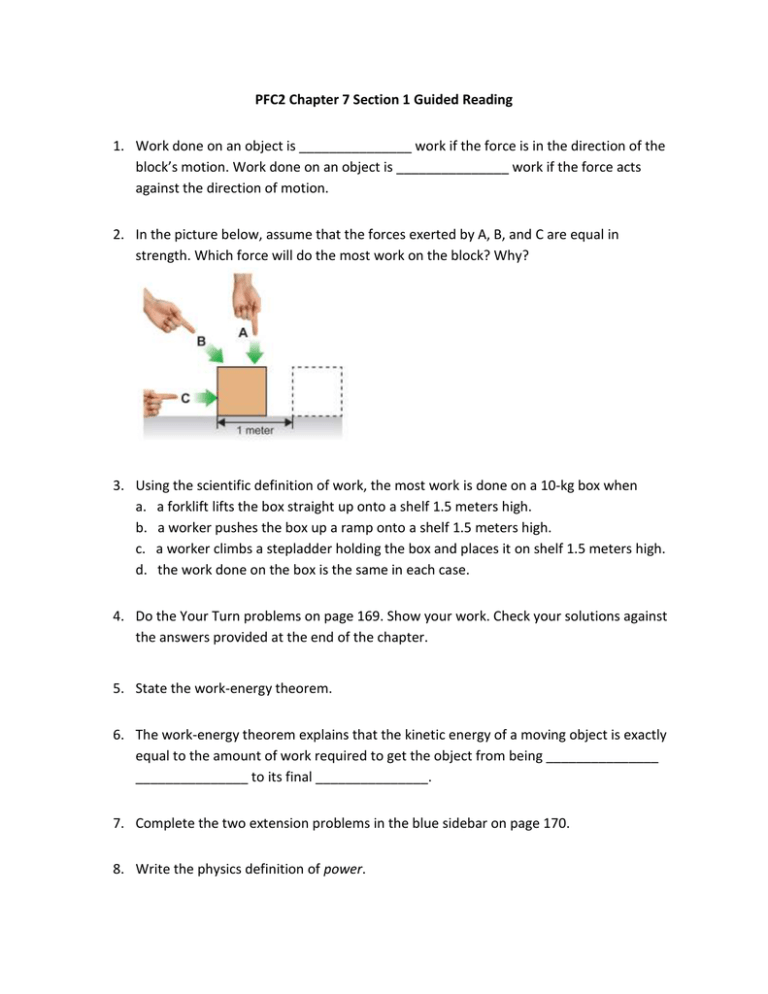
PFC2 Chapter 7 Section 1 Guided Reading 1. Work done on an object is _______________ work if the force is in the direction of the block’s motion. Work done on an object is _______________ work if the force acts against the direction of motion. 2. In the picture below, assume that the forces exerted by A, B, and C are equal in strength. Which force will do the most work on the block? Why? 3. Using the scientific definition of work, the most work is done on a 10-kg box when a. a forklift lifts the box straight up onto a shelf 1.5 meters high. b. a worker pushes the box up a ramp onto a shelf 1.5 meters high. c. a worker climbs a stepladder holding the box and places it on shelf 1.5 meters high. d. the work done on the box is the same in each case. 4. Do the Your Turn problems on page 169. Show your work. Check your solutions against the answers provided at the end of the chapter. 5. State the work-energy theorem. 6. The work-energy theorem explains that the kinetic energy of a moving object is exactly equal to the amount of work required to get the object from being _______________ _______________ to its final _______________. 7. Complete the two extension problems in the blue sidebar on page 170. 8. Write the physics definition of power. 9. What is the metric unit of power? 10. Engine power is sometimes measured in a unit known as_______________. James Watt expressed the power of his engines as the number of _______________ an engine could replace. This unit is equal to _______________ watts. 11. Write the equation for power. Label each variable in the equation as shown on page 171. 12. Do the Your Turn problems on page 172. Show your work. Check your solutions against the answers provided at the end of the chapter.
